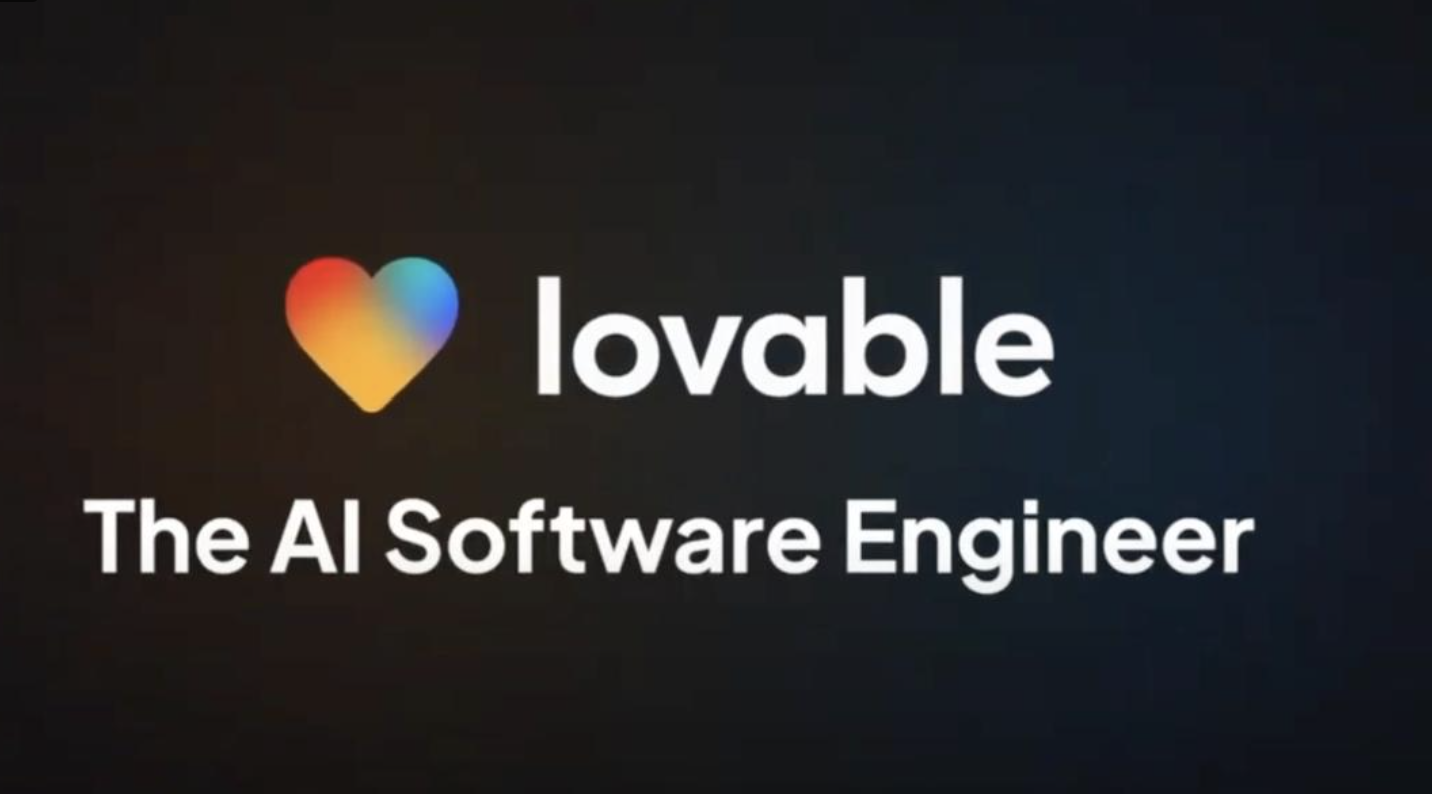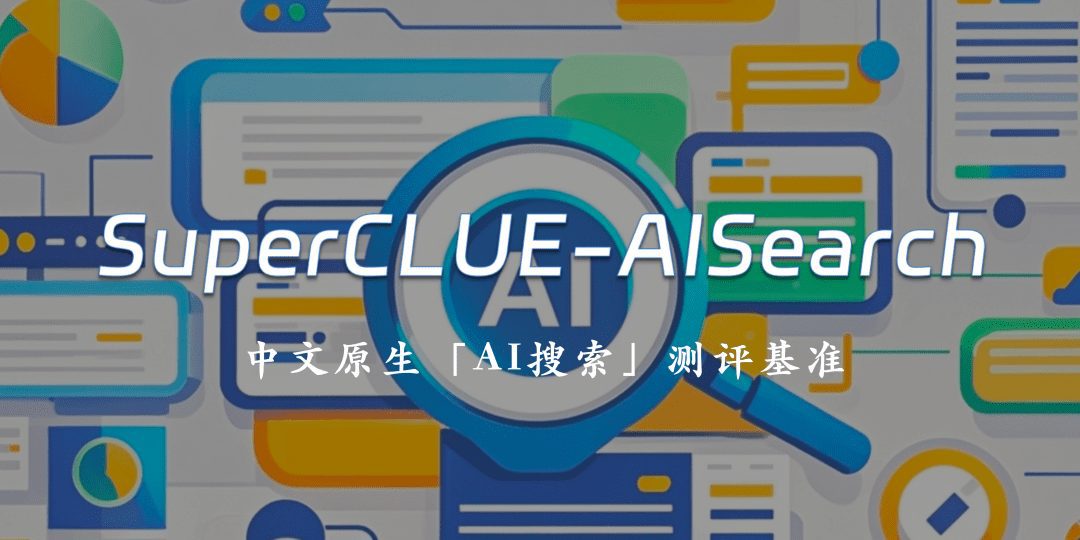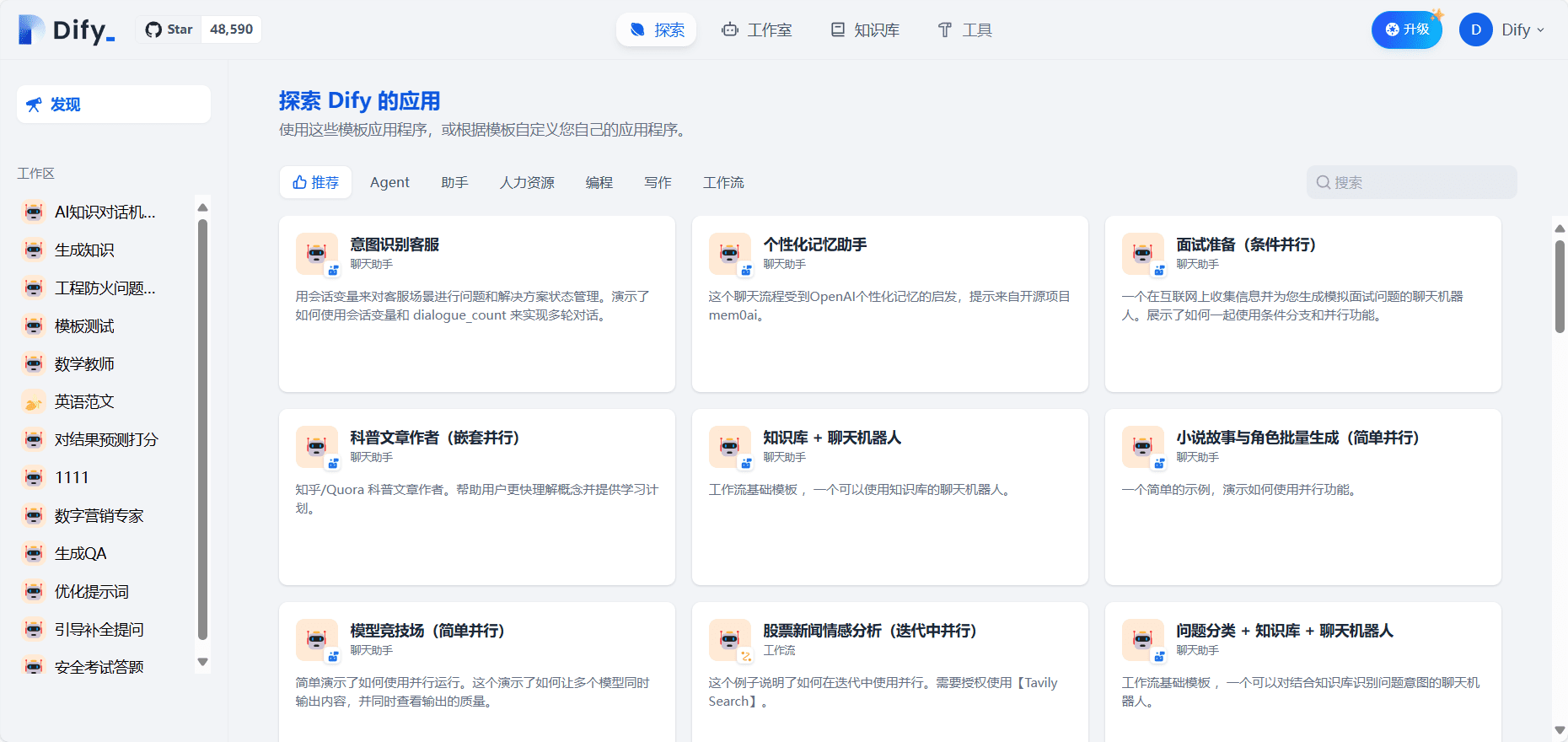AI Website Building Dark Horse Lovable: 0 to $17M ARR in Just Three Months
Swedish startups Lovable The recent growth trajectory is compelling and demonstrates the potential of AI applications in specific market niches. Founded in 2023 by Anton Osika and Fabian Hedin, the company initially entered the public eye through an open source project called GPT Engineer.
GPT Engineer has a clear goal: to build a tool that allows users to generate web application code from natural language descriptions. The concept is not new, but GPT Engineer quickly gained popularity on GitHub, becoming one of the fastest-growing codebases at one point. This initially verified the founder's judgment of the market demand for AI programming tools for non-technical user groups. The global software development market is worth more than $500 billion annually, and the percentage of people with programming skills is extremely low, only about 1%. This huge gap between supply and demand provides Lovable with a vast market space.

Overcoming early barriers: brand and product iteration
Although the open source project has gained attention, commercialization has not been smooth. Initially, GPT Engineer faced two core problems: first, the name was too similar to OpenAI's GPT series, which lacked brand recognition; second, its early users were mainly developers, and it failed to effectively reach its core target group - potential users who don't know how to program, but have the need for customized software.
To solve these problems, the team renamed the project Lovable and officially corporatized it. Early attempts at productization also encountered technical bottlenecks. Test versions showed that the AI performed poorly when dealing with relatively complex code generation tasks, and processing lagged from time to time. For users who lacked programming background, these technical problems were difficult to solve on their own, directly hindering the use of the product.
After continuous technical iterations, the Lovable team claims to have developed a new system that optimizes the performance of AI on large codebases to approach the efficiency of handling smaller codebases, as an attempt to remove a major obstacle for users when creating apps. Meanwhile, the product integrates back-end services such as Supabase, designed to simplify the process of users connecting to databases, collaborating with developers, and managing application versions.
Data Interpretation: Amazing Growth Rate and User Stickiness
Lovable achieved exponential growth in November 2023 after officially launching its commercialized product. Its annual recurring revenue (ARR) grew from zero to $17 million in just three months. This rate is quite rare among European startups.
Looking specifically at its growth nodes: ARR reached $1 million on day 8 of the product launch, topped $4 million by December 22, reached $10 million by January 27, 2024, and rose to $17 million by February 26 of the same year. ARR, or Annual Recurring Revenue, is a key metric for measuring the health of a SaaS company, and represents a predictable stream of annual revenue. Lovable's rapid ARR growth is a direct reflection of the initial success of its Product-Market Fit and commercialization strategy.
Founder Anton Osika attributes this to high customer retention rates. Lovable's first-month retention rate for paid users is said to be over 851 TP3 T. High retention is critical to the SaaS business because it means that users continue to derive value from the product and are willing to pay consistently, which directly reduces the drag of customer acquisition costs on growth and creates a healthy revenue cycle. This retention rate data is even used to correlate with ChatGPT The comparison is intended to highlight the stickiness of Lovable's users, even though their product forms and user bases are vastly different.
Beyond the financials, Lovable's website traffic is climbing fast. With a reported 10 million monthly visits, it's closing in on another well-known tool in the AI programming space Cursor The company's 13 million monthly visits level. This demonstrates that Lovable is not only commercially successful, but is quickly becoming a major player in the market in terms of user attention.
Exploring the elements of success: timing, product philosophy and community
Lovable's success is no accident and can be attributed to a combination of several key factors:
- Market Timing and ForesightThe team anticipated the trend of "anyone can develop a program" and was the first to launch a relatively complete product at a point where large-scale language modeling technology was maturing and could support such applications. They started exploring as early as 2023, accumulated experience through GPT Engineer, and continued testing and iterating in 2024, finally seizing the market window. This confirms a point of view in the investment community: feature readiness often needs to precede the perfect maturity of the underlying technology.
- Minimalist Product Philosophy (MVP) and Rapid IterationLovable has a "minimum viable product" strategy. Founder Anton Osika emphasizes avoiding feature stacking and focusing on polishing the core user experience. Unlike many AI products that utilize a generic chat interface, Lovable believes that pure chat interactions are not the most efficient for code generation and modification. As a result, it has adopted a design that combines prompt boxes with targeted AI modifications to specific interface elements.2024 The Visual Edits feature, launched in February, allows users to manipulate interface elements directly through visual panels, further lowering the barriers to use and making the experience more akin to that of a visual builder, but with an AI-driven kernel. This kind of thinking about interaction patterns is one of the keys to differentiating its products. The team does not make a lengthy development roadmap, but focuses on solving the biggest user pain points and product bottlenecks, and quickly responds to user feedback for iteration.
- Community Driven and Word of MouthLovable was founded by Anton Osika, an active member of the Stockholm AI community, and the GPT Engineer project's explosion on GitHub (with over 50,000 stars) gave Lovable early credibility and an initial user base. Subsequently, the team actively utilized Twitter and developer forums to release product updates, share growth data, and showcase user success stories, creating positive social proof and a certain FOMO (Fear of Missing Out) effect that attracted more users to try it out.
Comments Off on Simplifying complexity is key, but challenges remain
Lovable's case clearly demonstrates that finding the right entry point in the current wave of AI technology adoption and encapsulating complex technology into an easy-to-use product is a key path to capture rapid growth. Instead of choosing to compete directly with large base model providers, it focused on the application layer, addressing a clear pain point (creating web apps) for a specific user group (non-technical people).
Its strategy of "product subtraction", i.e., focusing on core functions and ease of use rather than pursuing comprehensive functionality, has proved to be effective. This strategy lowers the threshold for users and enables AI technology to truly empower a wider range of people.
However, this phenomenal growth rate also brings challenges. Maintaining high user retention rates requires continuous product evolution and effectively handling the accuracy, stability, and maintainability of AI-generated code. As users scale, how do you provide effective customer support, especially for non-technical users? Additionally, competition in the market is intensifying, with other AI code generation tools and low/no code platforms evolving.Lovable will need to continue to innovate and solidify its strengths in ease of use and specific user segments in order to ensure continued growth.
All in all, Lovable's story provides a model worth studying for the commercialization of AI applications. It proves that real breakthroughs sometimes do not come from cutting-edge technology itself, but rather from taking the capabilities of existing technology and turning them into productivity tools that can be easily used by ordinary people through clever product design and precise market positioning.
© Copyright notes
Article copyright AI Sharing Circle All, please do not reproduce without permission.
Related posts

No comments...




